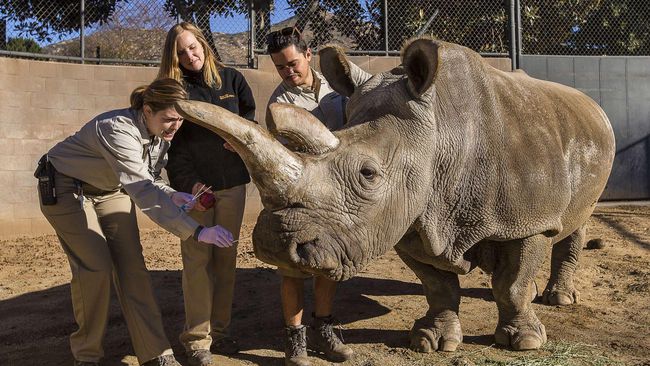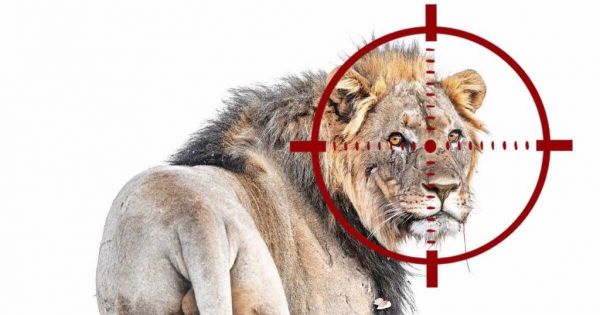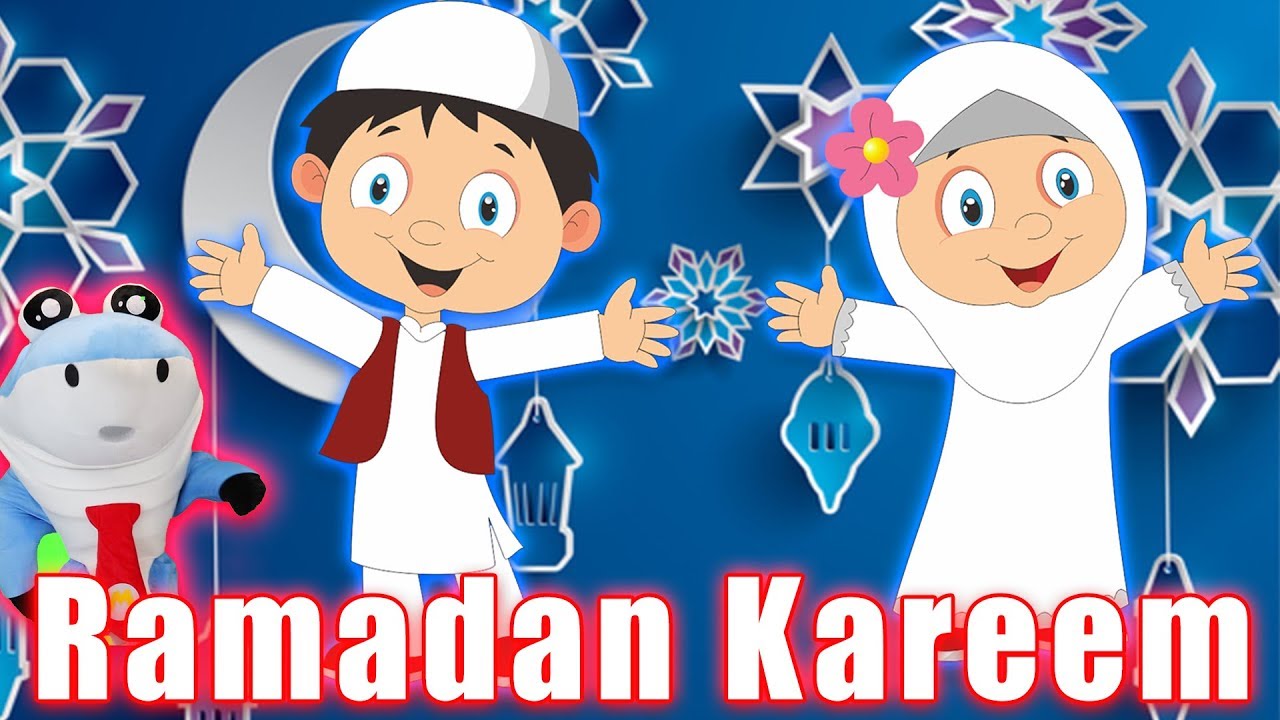On Sunday the 5th November a diverse committee of veterinarians, conservationists and wildlife managers from the Czech Republic, Kenya, UK and South Africa met to discuss the next steps of ground breaking procedures pegged as the last chance to save the northern white rhino from extinction.
There are just three representatives of the subspecies left on the planet, one male and two females, all of which are ageing. They are housed in an in situ special facility at Ol Pejeta Conservancy in Kenya. The animals were moved to Africa from Dvůr Králové Zoowww.izw-berlin.de in the Czech Republic in 2009 in an attempt to get them to breed naturally under African conditions. Although the northern white rhino females showed positive signs of cycling, no confirmed pregnancies occurred. Achieving success in artificial reproduction techniques using surrogate southern white rhinos is now the only way save some of the northern white genes in living animals. This has never been before attempted in rhinos.
Preparations for this historic procedure have started by retrieving and storing eggs from southern white rhino females in European zoos, and fertilising them in in vitro conditions, before actually retrieving eggs from the last two remaining northern white rhino females in Kenya. The plan is now to isolate the potential southern white rhino female surrogates from any males, ensuring they are 'empty' and ready for receiving a northern white rhino embryo in 2018.
The procedure will involve using northern white rhino sperm from several (now deceased) males that is stored in Berlin, Germany. However, the only northern white rhino eggs in the world belong to the two live females at Ol Pejeta - Najin and Fatu - who are 28 and 17 years old respectively. The surgery required to harvest these eggs carries inherent risks, and will have to be conducted in the field. The fate of the northern white rhino subspecies depends on this operation going smoothly.
That is why, for the past two years, a consortium of experts from Dvůr Králové Zoo, IZW Berlinand Avantea Institute in Cremona, Italy, have been developing a technique known as ovum pick-up (OPU) on captive southern white rhinos, which involves the collection of eggs from females. They have also been developing the in vitro procedures needed to generate a viable embryo from these eggs.
Under supervision of Kenya Wildlife Service, OPU will now be conducted on Najin and Fatu in Kenya in early 2018, and if successful their eggs will be shipped to the Avantea laboratory in Italy. Here, scientists hope to develop an embryo using northern white rhino sperm, which will then be shipped back to Kenya to insert into surrogate southern white rhino females in Ol Pejeta.
Preparations for the OPU officially started in Ol Pejeta this month. "A southern white rhino male known as Kingi was moved out of the 722-acre enclosure he shares with five southern white females. This move ensures that all surrogates will be 'empty' and ready for receiving the embryos in 2018," says Richard Vigne, Ol Pejeta's CEO.
The last northern white rhino male, Sudan, has become an internationally recognised 'bachelor' after the popular dating app Tinder featured him on their social network to help raise money for this procedure. Now 44, he is too old to mate, and spends his days under 24/7 armed guard and requires frequent veterinary care. "Unfortunately, at his age, it cannot be expected that his health would dramatically improve," says Jan Stejskal of Dvůr Králové Zoo, who has known Sudan since he was 30 years old.
The development of the procedure was identified as one of the key elements for survival of the northern white rhino in the ground-breaking strategic road map on how to save the northern white rhino that was published by an international group of experts in the journal Zoo Biology in May 2016 (Saragusty et al., 2016: Rewinding the process of mammalian extinction;







